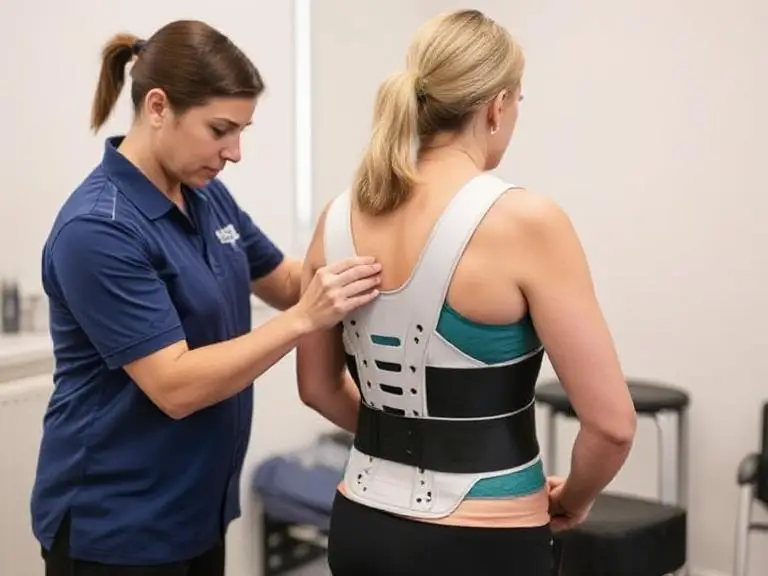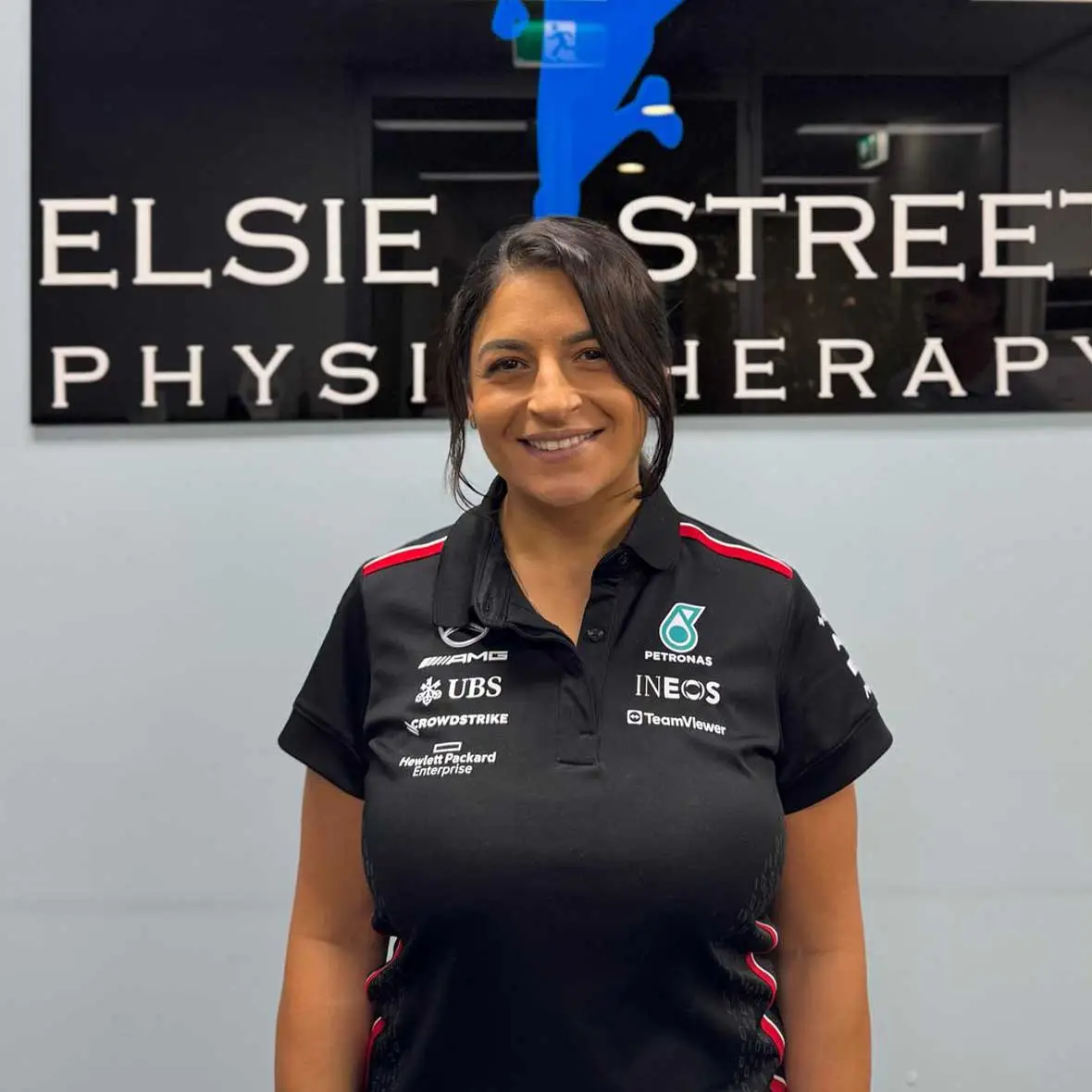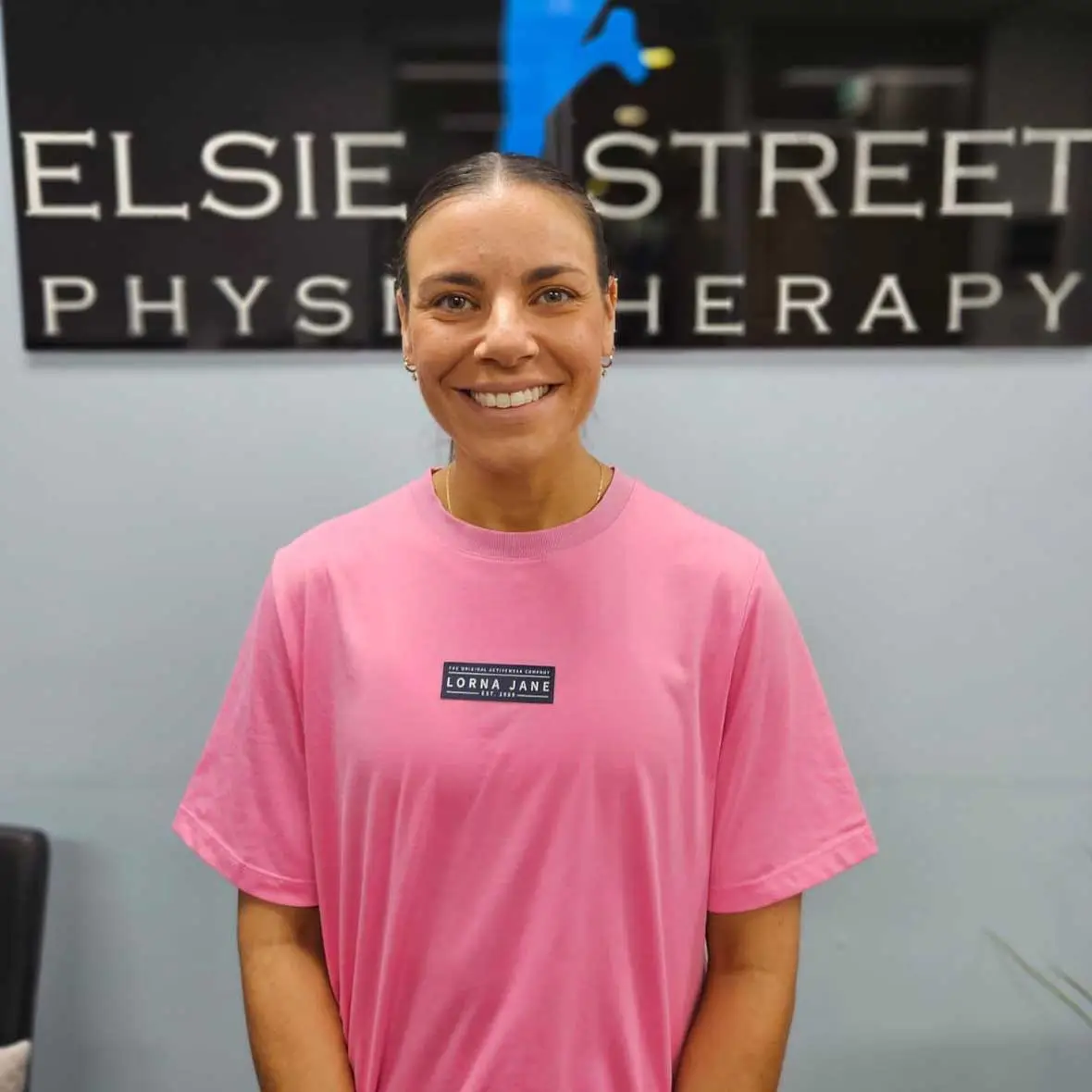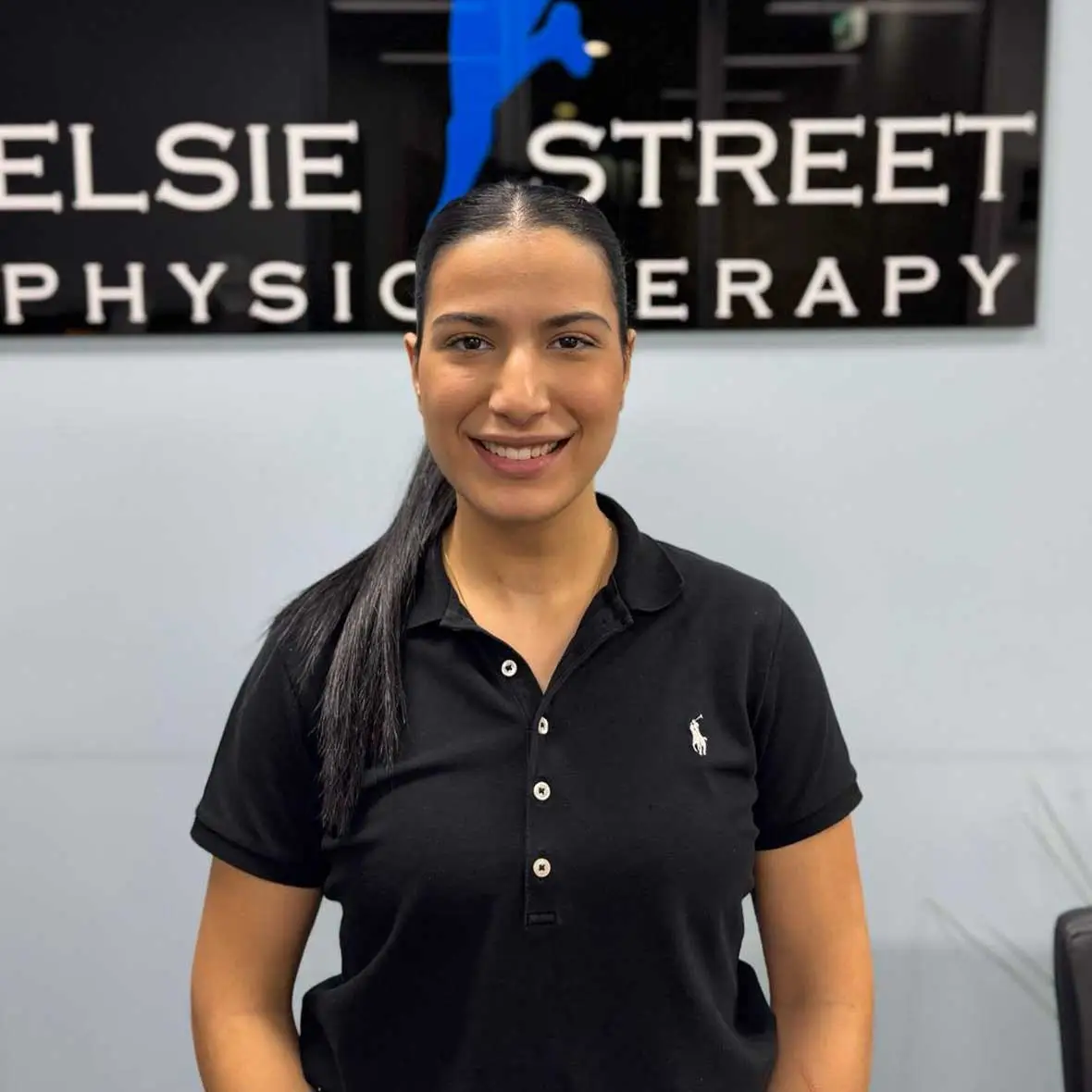About Brace Fitting
Brace fitting by a physiotherapist refers to the process of selecting and fitting an orthopedic brace for a patient to help support, stabilise, and protect a joint or body part that has been injured or is vulnerable to injury. The brace can be used to manage conditions like sprains, strains, fractures, arthritis, post-surgery recovery, or to prevent injury during physical activity.
Frequently Asked Questions
What are the types of braces?
Braces can be used for various parts of the body, such as:
Knee braces (for ACL injuries, patellar tracking issues, post-surgery, etc.)
Ankle braces (for sprains, ligament injuries, and instability)
Wrist braces (for carpal tunnel syndrome, sprains, and fractures)
Elbow braces (for tennis elbow or post-surgery)
Back braces (for low back pain or post-surgery)
Braces come in different designs, including:
Rigid braces: Provide firm support and are often used for fractures or after surgery.
Soft braces: Made from flexible materials, often used for mild sprains or strains.
Functional braces: Designed for more active individuals, providing both support and mobility for conditions like ligament injuries.
Compression sleeves: Used for mild injuries, inflammation, or to reduce swelling.
Why is Proper Brace Fitting Important?
Comfort: A well-fitted brace is more comfortable, which encourages the patient to wear it as instructed.
Effectiveness: A poorly fitted brace can either provide too little support, leading to further injury, or be too restrictive, which could cause discomfort and inhibit recovery.
Prevention of Complications: Correct fitting prevents issues like skin irritation, pressure sores, or reduced circulation.
Healing: The right brace provides optimal support to allow proper healing of the injured area.
What are the common types of braces?
Knee Braces: Used for conditions like ligament injuries (e.g., ACL, MCL), patellar instability, or post-surgery. These braces must be aligned properly to ensure the knee joint is supported and that motion is controlled.
Ankle Braces: Often used for sprained ankles or chronic instability. A well-fitted ankle brace ensures that the foot stays in a neutral position and prevents excessive movement.
Wrist Braces: These are commonly used for carpal tunnel syndrome, sprains, or fractures. Proper fit ensures that the wrist is immobilized without restricting circulation.
Back Braces: Typically used for lower back pain or post-surgery. These should be snug but not constricting, providing support to the lower back while allowing for some movement.






